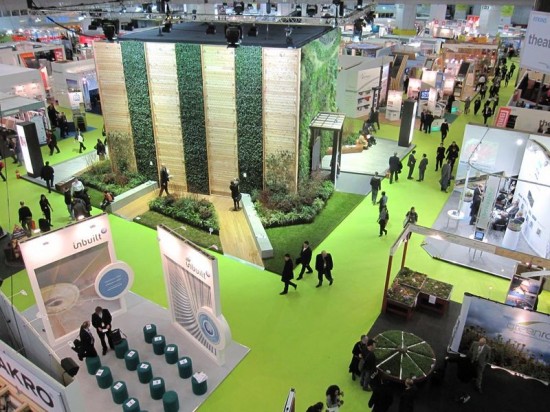
I’ve been reflecting on my whirlwind tour at Ecobuild 2010, a conference and tradeshow focusing on sustainable design, construction, and the built environment, as I sit at London Heathrow airport awaiting my delayed flight. During my two and a half days traversing London Underground’s network of tubes (a.k.a. subway lines), attending numerous educational sessions, and talking to people from different parts of the design and construction industry at Ecobuild, I learned about how the British are attempting to approach green development and working towards achieving a zero carbon built environment.
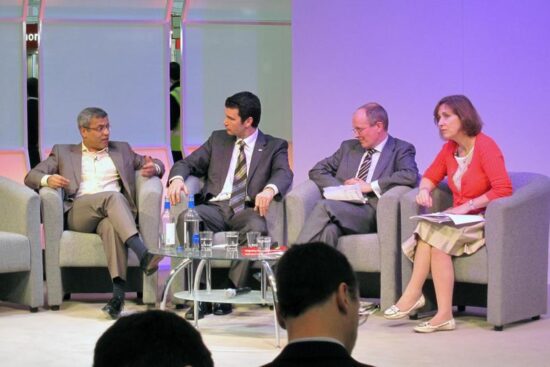
With an attendance of more than 40,000 people, the 6-year old Ecobuild held March 2-4 at Earls Court in London, UK accomplished no small feat. It offered cost-free attendance, over 1,000 exhibitors of building products and services, and more than 100 seminars. Topics included government policy and regulation updates, renewable energy, water efficiency, green infrastructure, urban planning, landscaping, technology basics of energy efficient systems, and much more.
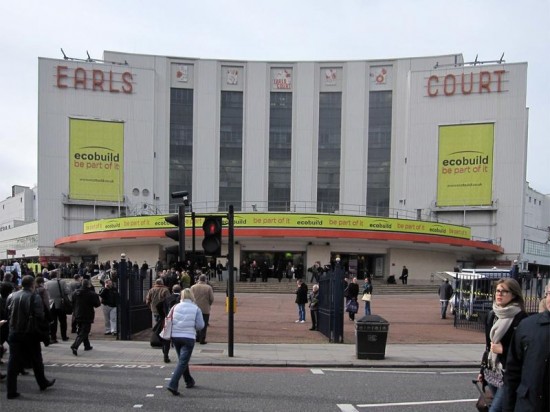
As with any conference, it was important to cover a wide range of topics that touched upon the different facets of sustainable development and construction. My personal favorites included a presentation of different viewpoints on rainwater harvesting and graywater recycling in the UK, numerous discussions on how everyone in the various industries in the United Kingdom can pull together to meet the target of achieving the government’s commitment to an 80 percent reduction in greenhouse gas emissions by 2050, and what’s necessary to make all new homes zero carbon from 2016 onwards.
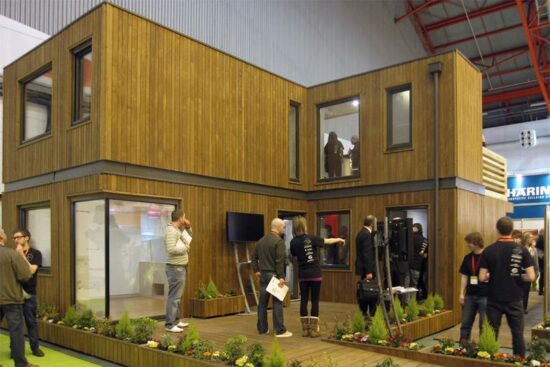
I raced around the trade floor between educational sessions. Live demonstrations, such as solar PV installation and insulation installation, attracted the crowds. A highly visited attraction was the University of Nottingham’s 74 square meter energy efficient home, which was designed to PassivHaus building standards for its entry to the 2010 Solar Decathlon Europe. Also present were product manufacturers from the U.K., Italy, Spain, Austria, Switzerland, China, and Canada, touting their wares ranging from engineered timber and interior finishes to pre-fabricated houses designed to PassivHaus standards. At the center of the entire show was Citiscape, an 8 meter tall, 4 sided green wall cube surrounded by attractive wood benches and landscaping that provided a refreshing, peaceful respite for attendees.

Amidst the frenzy of activities and overheating from the heat of non-energy efficient, non-fluorescent display lights (which is prevalent in 90% of the tradeshows!), I discovered some interesting and innovative building products. Two products that had me really intrigued were:
- Tradical Hemcrete, made from hemp and hemp binder, is a well insulating wall material that can be poured or sprayed within wood, steel and concrete framing.
- Ecosheet, made from 100% recycled plastic and can be fully recycled, is a green and light-weight alternative to 4’ x 8’ plywood sheets.
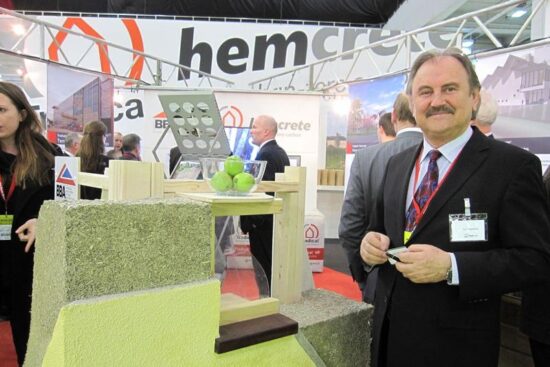
In comparison to my experience at Greenbuild 2007, I felt that the overall energy at Ecobuild 2010 was subdued even though there were a lot of events going on. That said, the interest level in every seminar was high and each of them was a full house, including the PassiveHaus Standards session which should have tripled the available capacity. Stay tuned for future articles on the conference topics.





Be the first to comment